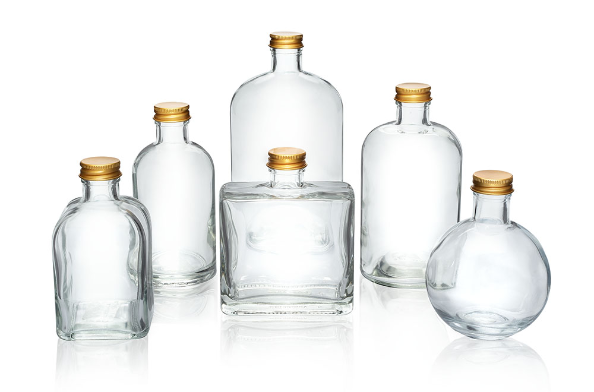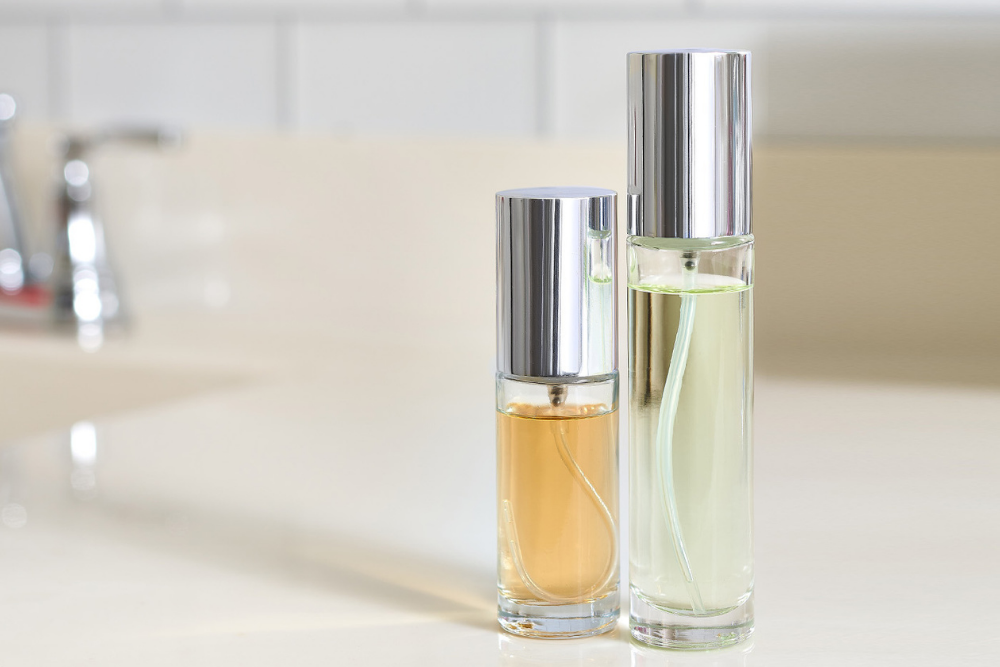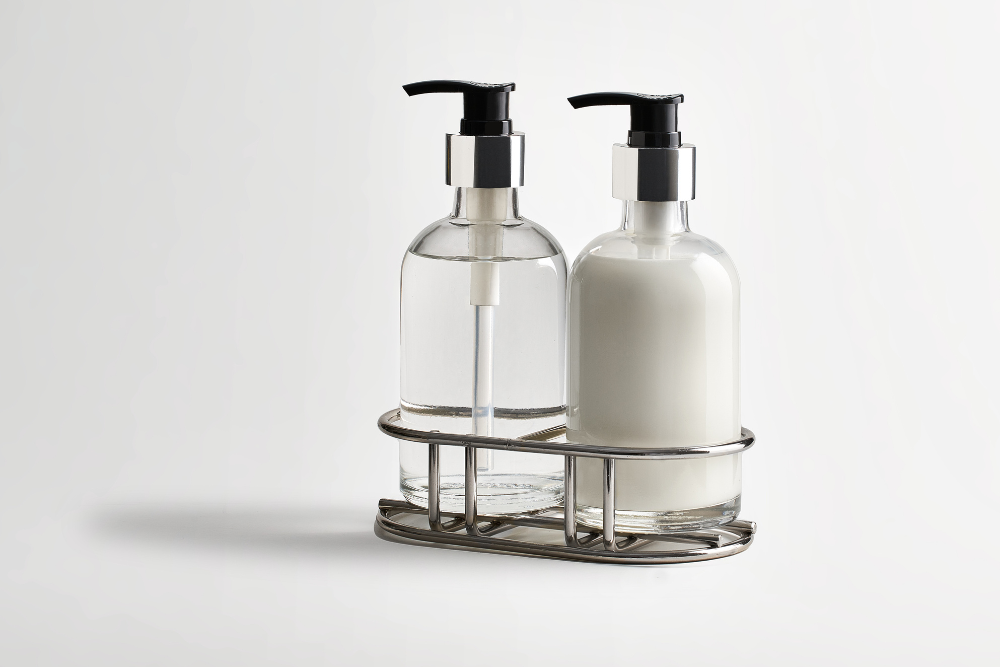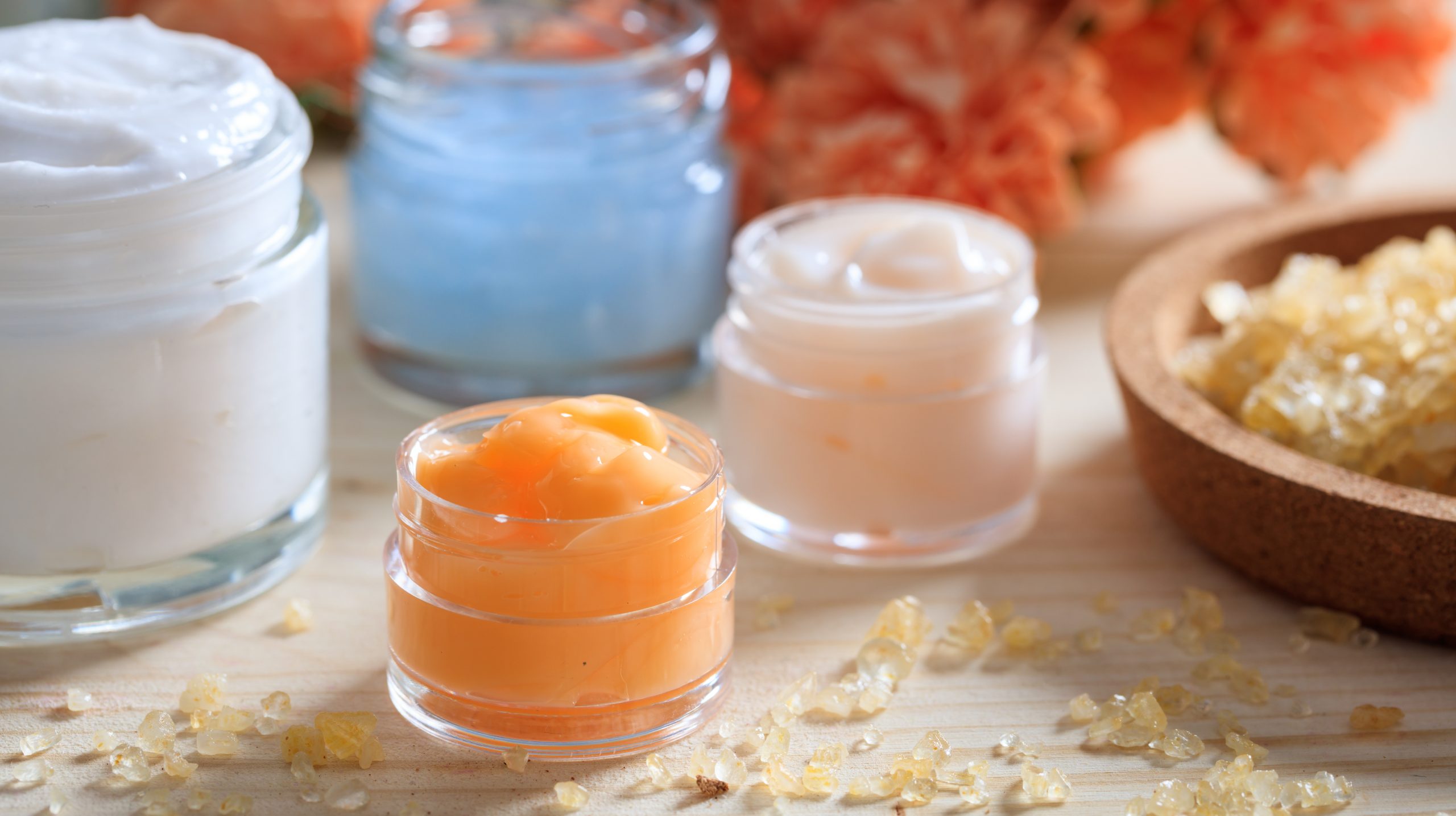Effective packaging is key to a cosmetics brand’s success. Cosmetics packaging needs to be both visually appealing and durable enough to protect and preserve its product. Moreover, brands must keep up with changing packaging trends to stay popular with their customers.
Read on to explore all the facets of cosmetics packaging and learn how you can get started in the industry.
The 3 Components of Cosmetics Packaging
Many cosmetics brands apply several layers of packaging to their products. You can think of packaging in three layers: product packaging, interior packaging, and exterior packaging. The former is fairly universal in the cosmetics industry, while the others are optional. With informed design, your packaging layers will aid the customer experience and reinforce your brand.
Product Packaging
Product packaging is the layer that directly contains your product. This is the most essential layer of packaging, necessary for product safety and preservation. Within the beauty and cosmetics industries, many products come packaged in glass or plastic jars, bottles, or metal tins.
Exterior Packaging
Exterior packaging is the outermost layer of protection around the product. If your brand implements multiple layers of packaging, ensure the exterior is sturdy and resistant. This packaging layer needs to withstand transit and handling, while also protecting the product and inner packaging layers.
Boxes made of cardboard or other paper products are common forms of exterior packaging. They’re lightweight and you can easily customize them with branding assets and labels. Also, whether you’re sending single orders by mail or wholesale orders to retailers, simple boxes make shipping easy.
Interior Packaging
Interior packaging is inside the exterior packaging layer, but outside the product packaging. Cosmetics brands use paper-based or plastic materials for interior packaging. As such, this layer improves the presentation and the customer’s unboxing experience. If there are multiple products or containers, interior packaging also serves to organize and secure them in place.
Cosmetics Packaging Materials
Cosmetics brands often use at least 1 of 3 packaging materials for their products: glass, plastic, and metal. Each material has its benefits, and some serve especially well to package specific cosmetics.
 Glass
Glass
Glass is a premium packaging option with several benefits to your business. Most important to the industry: glass doesn’t create chemical reactions with cosmetics ingredients like AHA and BHA acids. Glass is also durable and non-porous. These traits prevent corrosion and product oxidation, thus maximizing shelf life.
Of all the cosmetics packaging materials, glass is also the most visually captivating. Cosmetics brands often use glass bottles and jars because of their luxurious appearance. Customers love the feel of glass packaging, and the material provides a clear, sleek view of the product’s contents. As an added bonus, customers appreciate glass for its recyclability.
Plastic
Plastic is a cheap alternative to glass, with sustainability issues and a higher risk of product oxidization. Plastic is a common packaging choice, with the most notable options being bottles. Some cosmetics brands prefer the material for soaps and bath products, but customers are inevitably trending away from plastic packaging.
Metal
Some cosmetics businesses package their products with metals like aluminum and tin. Small, round containers of this sort provide a vintage design to their products.
Metal is a situational packaging material. Cans and tins are great containers for lip balm, and metal is a solid choice for screw caps if your brand uses threaded containers. However, because of rust, metal containers are a poor choice for liquids and products with essential oils.

7 Tips for Creating Cosmetics Packaging
1. Match Your Product Packaging to Your Brand
Plan for your product packaging designs to reinforce your brand. The packaging leaves the first in-person impression on your customers, and it’s crucial that they have an accurate assessment of your brand identity.
2. Appeal to Your Target Customer Base
Many cosmetics fall under competitive markets, meaning customers always have another option available. The best way to maintain your customer base is to keep an eye on their behavior. Successful cosmetics businesses pick up on customer preferences and trends, then tailor their next rollouts to that data.
3. Build a Consistent Brand Throughout Your Product Line
Cosmetics businesses benefit from maintaining a consistent brand as they grow in scale. There are times when brands need a redesign, but generally, consistency pays off by leaving a memorable impression on the growing customer base. With repeated exposure, customers build trust in your brand and feel safe trying your new products.
4. Make the Most of Your Product Label
Many cosmetics demand plenty of text on the label, whether for ingredients or product warnings. Thus, space management is crucial to label design. Prioritize the name of your product, your brand name, and key visuals like your logo. Consider these the most necessary elements of your label; if nothing else, customers need to see these features. If your product needs a lot of text, try a secondary label on the back or bottom side of the packaging.
5. Choose the Right Packaging Accessories
Depending on your product line, you likely need some packaging accessories to accommodate your cosmetics. Customers expect sensible packaging that facilitates an optimal experience with the product. For example, perfume bottles come with misters, and glass moisturizer bottles come with hand pumps. Once you’re sure about which closures and accessories you need, find the appealing options that complement your containers.
6. Account for Safe Shipping
Businesses must minimize product damage, whether they ship one by one through Etsy sales or wholesale to retailers. Make sure your cosmetics brand is proactive; think about your business’ optimal shipping practices, and design your packaging with safe shipping in mind.
7. Follow Legal Guidelines
Cosmetic regulations vary between countries, and between states in the US. Before you plan too far ahead for selling cosmetics, make sure your product is labeled with all the necessary information. For US sales, reference the FDA’s cosmetics labeling guidelines as you plan your packaging design.
Current Trends in Cosmetics Packaging
The cosmetics industry is fast-paced, and brands keep up by staying attuned to the current trends. Right now, there are certain packaging materials and designs that shoppers prefer over the competition.
Sustainable Packaging
Customers are growing more conscious of packaging materials. Thus, it’s no surprise that they favor recyclable materials like glass and paper. Plastic presents long-term consequences to the environment, and customers are aware that plastic is common in product packaging. Consider aligning your brand with sustainable materials by making eco-conscious choices for your product packaging.
Flat Design
The concept of flat design is simple: a 2D art style with no notable shading or glares. The lack of these details makes the imagery, as the name implies, flat.
Flat design is fun and sometimes cartoonish, with the goal of communicating information quickly and clearly. If the word “approachable” lines up with your brand, flat design will reinforce your identity as you follow the trend.
Bold Colors
The cosmetics industry has been historically attached to neutral colors. Consequently, brands are looking for new ways to stand out, and customers’ color preferences are changing too.
Beige and pale colors have dominated store shelves for so long, and it’s a welcome change that brands adjust to new color trends. Shoppers are now receptive to cosmetics packaged in bold colors like teal and cobalt, so consider a standout color for your next packaging design.
Airless Packaging
Airless packaging is a trending feature in the cosmetics industry, owing to both form and function. Many brands pull off a compact design that customers adore. Moreover, this feature preserves natural ingredients, letting your customer get the best experience out of your product.
 Clear Packaging
Clear Packaging
Clear packaging is revealing, which means customers have a perfect visual indication of the product before they make the purchase. For cosmetics like concealer and foundation, customers rely on this feature to see the skin tone.
Since clear packaging draws attention to the product itself, customers have higher expectations. They see value in your product, and in some cases, that perceived quality is what converts the sale. It’s no surprise that cosmetics brands choose clear packaging for a wide variety of their products.
Conclusion
Between packaging material options, layers, and designs, your business has plenty to consider for its next product. Once your brand identity is clear, do your best to establish it with your packaging choices. Keep in mind the basic principles of packaging design for your industry and look for trends where your business will capitalize.
For more business tips, read up on our unique cosmetics marketing ideas.

